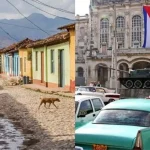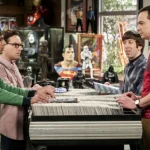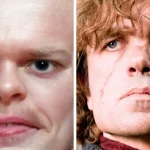When a man from one of the world’s most influential families ventured into the uncharted territory of an unknown tribe, disaster was inevitable.
However, his disappearance has remained a mystery for 61 years, with even his final words shrouded in controversy and debate.
Michael Rockefeller, son of former U.S. Vice President Nelson Rockefeller, was an enthusiastic world explorer who developed an intense fascination with tribal artwork. This obsession drove him to take the bold step of reaching out to a tribe known for their cannibalistic practices.
In November 1961, the 23-year-old embarked on his second expedition to Dutch New Guinea (now West Papua), an Indonesian province on the island of New Guinea. Having been warmly received during his first visit, he expected another welcoming reception from the tribe.
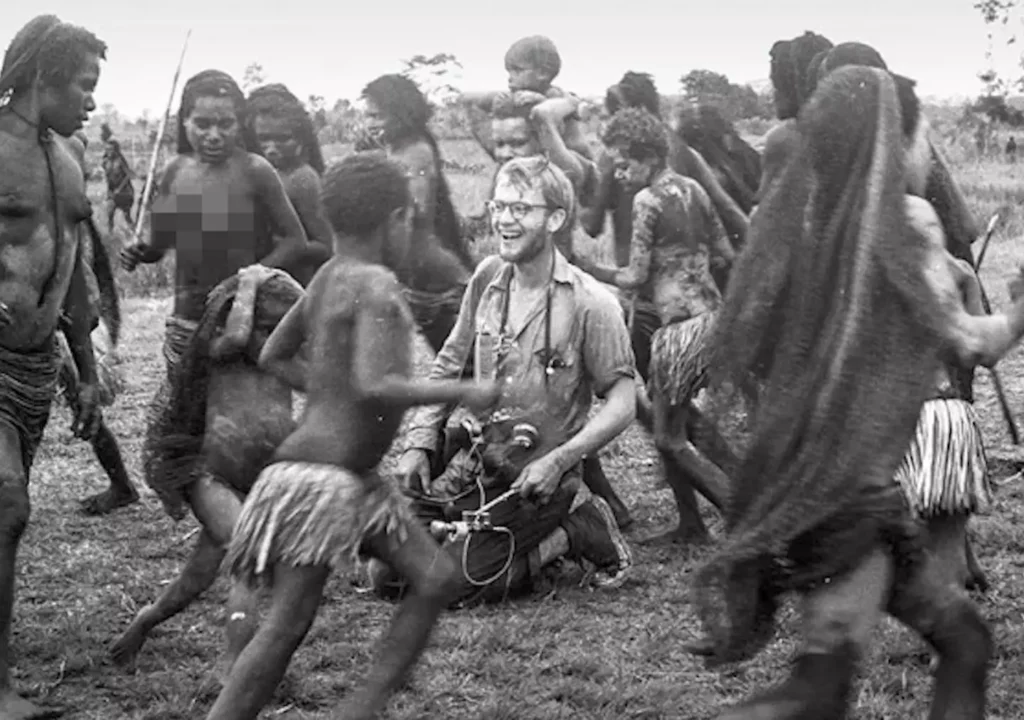
Accompanied by anthropologist René Wassing, Rockefeller was on a long journey to the southwestern part of the country, specifically the Asmat region.
However, their 40-foot canoe capsized about three miles from the shore, leaving the pair stranded.
Wassing was eventually rescued while drifting in the Arafura Sea, but Rockefeller was never seen again.
Although his official cause of death was ruled as drowning, many believe that Rockefeller made it to shore only to be cannibalized by the Asmat tribe.
However, when images of the tribe surfaced years later, they revealed a very different story.
Around a decade after his mysterious disappearance, National Geographic sent a film crew to Asmat, where they captured footage of dozens of tribesmen rowing boats in the nude.

Around a decade after his mysterious disappearance, National Geographic sent a film crew to Asmat, where they captured footage of dozens of tribesmen rowing boats in the nude.
Among all these bodies, there was one naked Caucasian man who bore a striking resemblance to Rockefeller.
Naturally, many immediately believed this was the missing American, but others remained a bit skeptical.
However, an author who conducted in-depth research into the events of that day on the canoe has now revealed the truth of what happened, including the last words he ever spoke.
According to him, the last thing Rockefeller said before embarking on a 10-mile swim through a crocodile-infested stretch of water was: “I think I can make it.”
Carl Hoffman, who hired a private investigator and visited both the tribe and police in the years following Rockefeller’s death, wrote extensively on the topic of the disappearance.
Although there’s much he doesn’t know about the National Geographic photograph, Hoffman claims he has uncovered the details of Rockefeller’s death based on accounts from those who lived in the area.
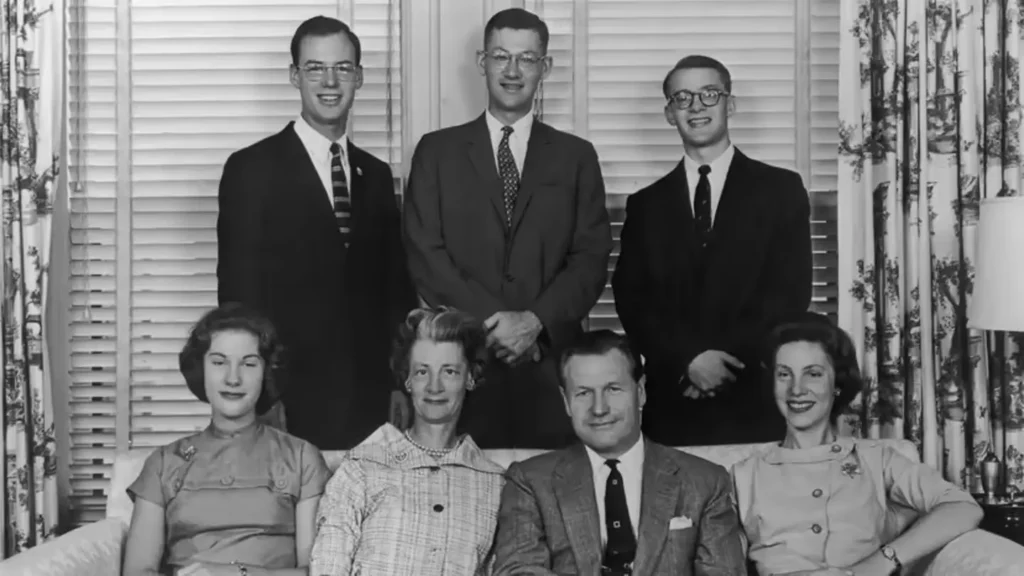
Apparently, when Rockefeller reached land, he washed ashore in nothing but his underwear and was immediately confronted by familiar faces: the Otsjanep warriors.
Although Rockefeller was known for his respect and kindness towards the tribe, it seems they weren’t in the mood for visitors at that moment.
When they saw him lying helpless on the shore, one of them allegedly stabbed him with a spear through his ribs, and the rest proceeded to cannibalize him.
While Hoffman can’t be certain why they decided to kill him that day, he believes it was in retaliation for an incident a year earlier when Dutch colonists burned huts and murdered high-ranking tribesmen.
While we may never know the full truth, it’s a compelling theory.

